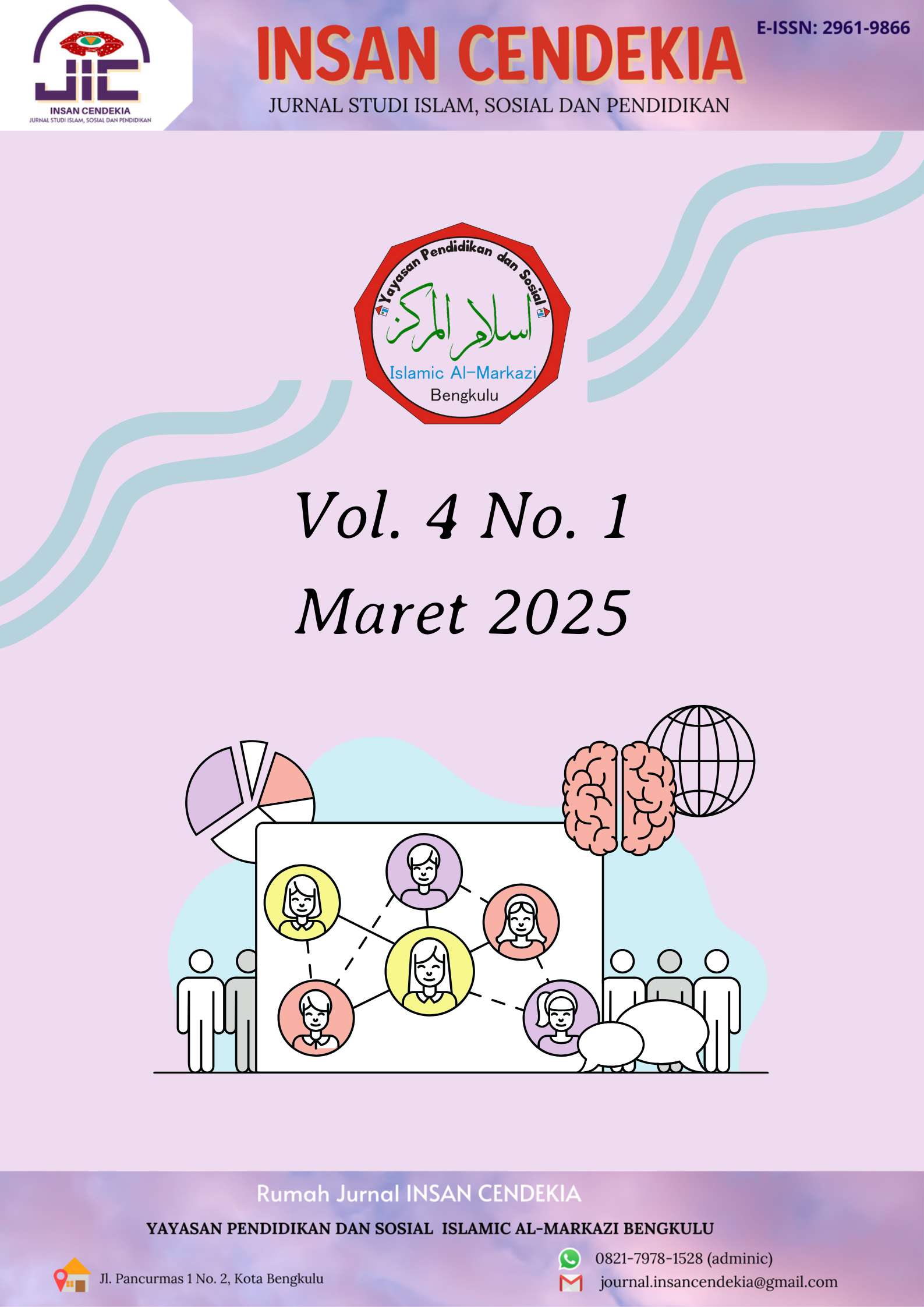Pengaruh Penggunaan Video Animasi terhadap Pemahaman Mahasiswa Teknik Semester 2 pada Mata Kuliah Fisika
Keywords:
Animation Videos, Physics LearningAbstract
This study aims to investigate the effect of animation videos on the understanding of second-semester engineering students in physics concepts. The method used is a pre-test and post-test design with an experimental group, where 30 students took the pre-test before and the post-test after receiving animation video-based learning. The test consisted of 10 multiple-choice questions, each worth 10 points. The results show that the majority of students experienced a significant increase in scores between the pre-test and post-test, with post-test scores being higher after using animation videos. The use of animation videos proved to be effective in helping students understand complex and abstract physics concepts, such as Newton's laws and energy. However, there were two students whose scores did not show significant improvement, indicating that individual factors should be considered when implementing this learning media.
References
Ainsworth, S. (2008). "The Function of Illustrations in Learning." Educational Psychology Review, 20(3), 233-261.
Ayres, P., & Paas, F. (2009). "The Impact of Cognitive Load Theory on Instructional Design." Educational Psychologist, 44(1), 1-16.
Clark, R. C., & Mayer, R. E. (2016). E-Learning and the Science of Instruction: Proven Guidelines for Consumers and Designers of Multimedia Learning. John Wiley & Sons.
Hake, R. R. (1998). "Interactive-engagement versus traditional methods: A six-thousand-student survey of mechanics test data for introductory physics courses." American Journal of Physics, 66(1), 64-74.
Jonassen, D. H. (1999). Computers as Mindtools for Schools: Engaging Critical Thinking. Prentice-Hall.
Lowe, R. (2004). "Interacting with Animations: Implications for Learning." Learning and Instruction, 14(3), 249-267.
Mayer, R. E., & Moreno, R. (2003). "Nine Ways to Reduce Cognitive Load in Multimedia Learning." Educational Psychologist, 38(1), 43-52.
Moreno, R., & Mayer, R. E. (2007). "Interactive Multimodal Learning Environments." Educational Psychology Review, 19(3), 309-326.
Schneider, E. F., & Lutz, R. (2014). "Animation and Education: The Power of Visual Learning." International Journal of Educational Technology, 14(4), 1-15.
Tuan, H. L., Chin, C. C., & Shieh, S. H. (2005). "The Effects of Computer-Assisted Instruction on Students' Achievement and Attitudes in Physics." International Journal of Science Education, 27(7), 881-894.
Wallace, D. R., Anderson, C. W., & Gibson, D. (2015). "Using Video for Science Learning: A Review of Literature and Directions for Future Research." Educational Research Review, 16, 51-65.
Downloads
Published
Issue
Section
License
Copyright (c) 2025 Angga Darma Prabowo, Sabiqunassabiqun

This work is licensed under a Creative Commons Attribution-ShareAlike 4.0 International License.
LICENSE TO PUBLISH:
1. License
Authors who publish with Insan Cendekia agree to the following terms: Authors retain copyright and grant the Insan Cendekia right of first publication with the work simultaneously licensed under the Creative Commons Attribution-ShareAlike 4.0 International (CC BY-SA 4.0) license, that allows others to share (copy and redistribute the material in any medium or format) and adapt (remix, transform, and build upon the material) the work for any purpose, even commercially with an acknowledgement of the work's authorship and initial publication in Insan Cendekia.
2. Author’s Warranties
The author warrants that the article is original, written by stated author/s, has not been published before, contains no unlawful statements, does not infringe the rights of others, is subject to copyright that is vested exclusively in the author and free of any third party rights, and that any necessary written permissions to quote from other sources have been obtained by the author/s.
3. User Rights
Under the Creative Commons Attribution license, the author(s) and users are free to share (copy, distribute and transmit the contribution).
4. Rights of Authors
Authors retain the following rights:
- copyright, and other proprietary rights relating to the article, such as patent rights,
- the right to use the substance of the article in future own works, including lectures and books,
- the right to reproduce the article for own purposes, provided the copies are not offered for sale,
- the right to self-archive the article.
5. Co-Authorship
If the article was prepared jointly with other authors, the signatory of this form warrants that he/she has been authorized by all co-authors to sign this agreement on their behalf, and agrees to inform his/her co-authors of the terms of this agreement.
6. Termination
This agreement can be terminated by the author or Insan Cendekia upon two months’ notice where the other party has materially breached this agreement and failed to remedy such breach within a month of being given the terminating party’s notice requesting such breach to be remedied. No breach or violation of this agreement will cause this agreement or any license granted in it to terminate automatically or affect the definition of Insan Cendekia.
7. Royalties
This agreement entitles the author to no royalties or other fees. To such extent as legally permissible, the author waives his or her right to collect royalties relative to the article in respect of any use of the article by Insan Cendekia or its sublicensee.
8. Miscellaneous
The Insan Cendekia will publish the article, or arrange for its publication, provided that the editorial process is successfully completed and the journal or its sublicensee becomes obligated to publish the article. The Insan Cendekia reserves the right to edit the article for consistency in punctuation, spelling, capitalization, and style, as deemed appropriate.




